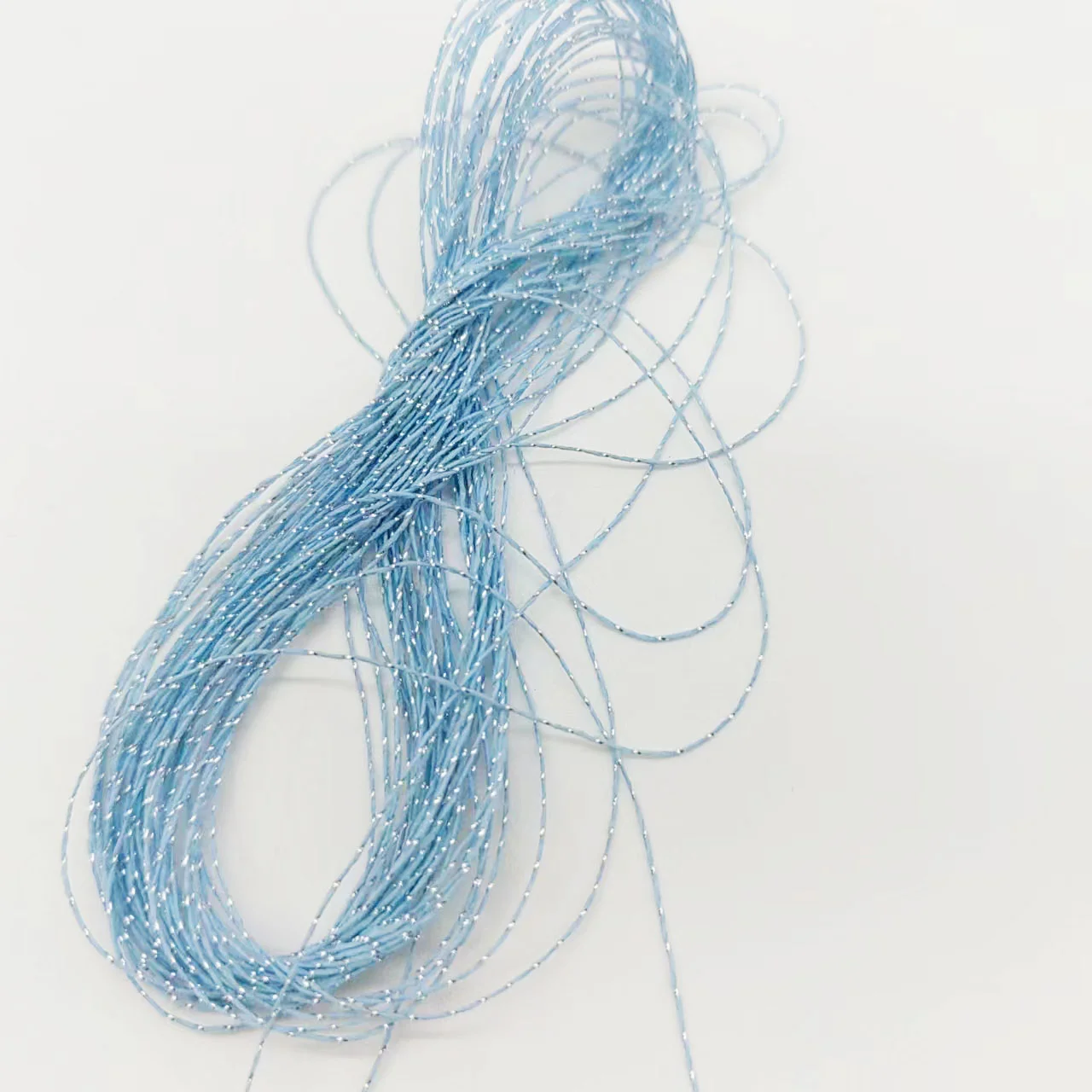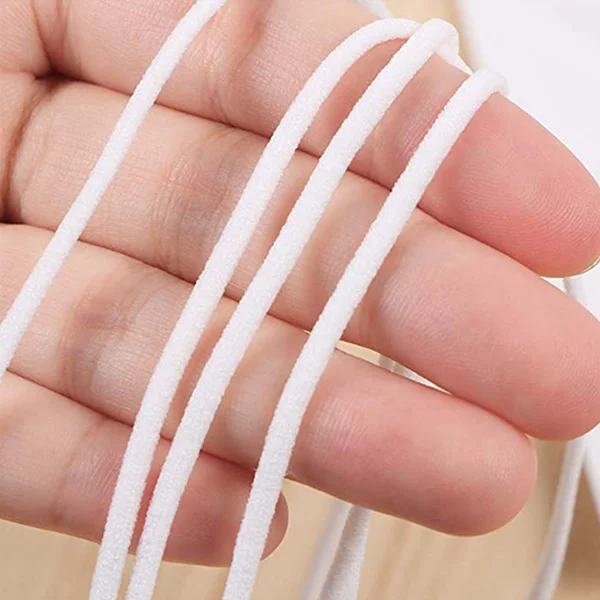When it comes to comfort, the fabric we choose plays a pivotal role. Whether it’s for clothing, bedding, or upholstery, the softness of a fabric can significantly enhance our overall experience. But with a plethora of options available, the question arises: which fabric is the softest? In this article, we will delve into the world of textiles, exploring various fabrics known for their softness, their properties, and their applications, while also considering factors such as durability, care, and sustainability.
Understanding Fabric Softness
Before we identify the softest fabrics, it’s essential to understand what contributes to a fabric's softness. Softness is often a result of the fiber type, the weave or knit structure, and the finishing processes applied to the fabric. Natural fibers, such as cotton, silk, and cashmere, are typically softer than synthetic fibers, but advancements in textile technology have led to the creation of soft synthetic options as well.
The Contenders: Softest Fabrics
- Cashmere
- Overview: Cashmere is derived from the soft undercoat of cashmere goats, primarily found in the Himalayan regions.
- Softness: Renowned for its luxurious feel, cashmere is incredibly soft and lightweight, making it a favorite for high-end sweaters and scarves.
- Durability: While cashmere is soft, it requires careful handling and maintenance to prevent pilling and damage.
- Sustainability: Ethical sourcing is crucial, as overgrazing by cashmere goats can lead to environmental degradation.
- Silk
- Overview: Silk is a natural protein fiber produced by silkworms. It has been prized for centuries for its sheen and softness.
- Softness: The smooth surface of silk provides a unique softness that feels luxurious against the skin.
- Durability: Although silk is strong, it can be susceptible to damage from sunlight and perspiration, requiring gentle care.
- Sustainability: The production of silk can be resource-intensive, but there are sustainable practices emerging in the industry.
- Pima Cotton
- Overview: Pima cotton is a high-quality cotton variety known for its long fibers, which contribute to its softness.
- Softness: It is softer and more durable than regular cotton, making it ideal for high-end bed linens and clothing.
- Durability: Pima cotton is resistant to fraying, fading, and wrinkles, enhancing its longevity.
- Sustainability: Grown primarily in the U.S. and Peru, Pima cotton can be produced sustainably, depending on farming practices.
- Bamboo Fabric
- Overview: Bamboo fabric is made from the pulp of the bamboo plant and is gaining popularity for its eco-friendly properties.
- Softness: The resulting fabric is incredibly soft, often compared to silk or cashmere, and has a natural sheen.
- Durability: Bamboo fabric is strong and resistant to wrinkles and odors, making it practical for everyday use.
- Sustainability: Bamboo is a highly renewable resource, and when processed responsibly, it can be an environmentally friendly choice.
- Modal
- Overview: Modal is a semi-synthetic fiber made from beech tree pulp. It is known for its softness and drape.
- Softness: Modal is softer than cotton and has a silky feel, making it popular for loungewear and undergarments.
- Durability: It is resistant to shrinking and fading, maintaining its softness even after multiple washes.
- Sustainability: While modal production can be more sustainable than traditional cotton, it is essential to choose brands that prioritize eco-friendly practices.
Factors to Consider When Choosing Soft Fabrics
While softness is a primary consideration, several other factors should influence your choice of fabric:
- Purpose: Consider the intended use of the fabric. For example, bedding may require softer, breathable fabrics, while upholstery may prioritize durability.
- Care Requirements: Some soft fabrics, like silk and cashmere, require special care, while others, like Pima cotton and modal, are more low-maintenance.
- Environmental Impact: With growing awareness of sustainability, consider the environmental impact of the fabric’s production and choose options that align with your values.
Conclusion
In the quest for the softest fabric, cashmere, silk, Pima cotton, bamboo, and modal each offer unique qualities that cater to different needs and preferences. Ultimately, the choice of fabric will depend on a balance of softness, durability, care, and sustainability. As consumers become more discerning, understanding the properties of these fabrics will empower them to make informed decisions that enhance their comfort while also considering the planet's well-being. Whether you’re snuggling into a cashmere sweater or wrapping yourself in a bamboo blanket, the right fabric can transform your experience, making softness not just a luxury, but a necessity.




